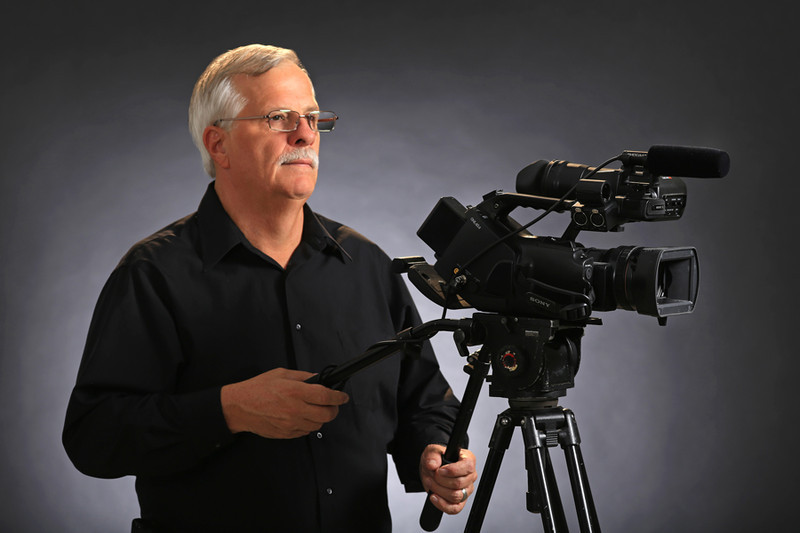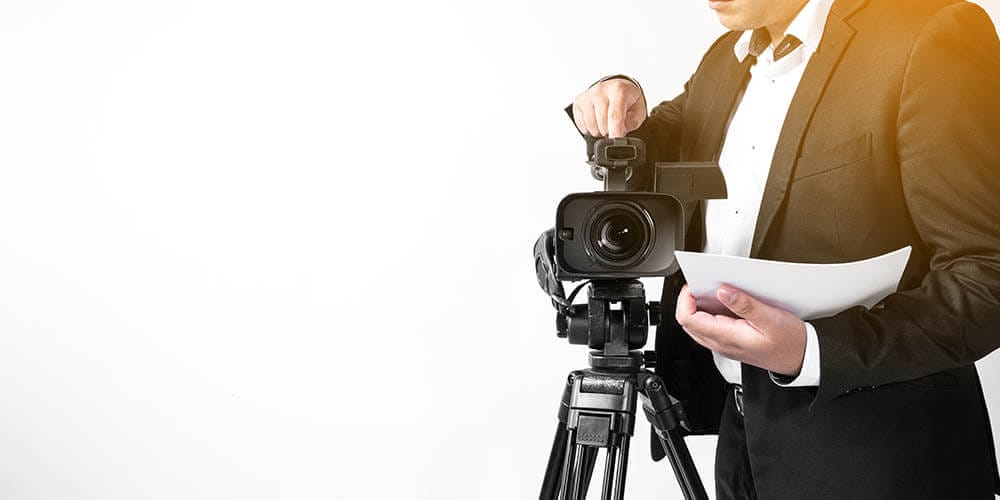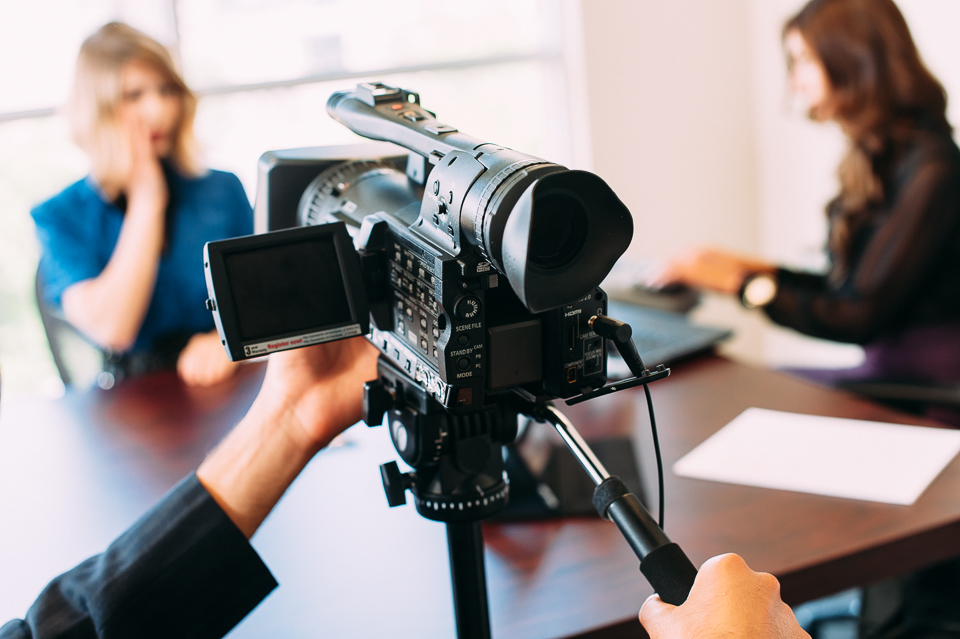Key Variables to Think About When Working With Legal Videography Professionals
Key Variables to Think About When Working With Legal Videography Professionals
Blog Article
Looking Into the Systems of Lawful Videography: Introduction Its Procedure in Shielding Authentic Visual Statement for Judicial Procedures
In the realm of judicial procedures, the function of legal videography stands as a cornerstone in protecting and presenting aesthetic evidence. As technology remains to advance, the mechanisms behind lawful videography have actually come to be progressively elaborate, providing a vital layer of credibility to statements caught on video. By delving right into the operational intricacies of lawful videography, one can reveal the careful processes that safeguard the stability of visual proof provided in courtrooms - Legal Videography. This expedition not only sheds light on the historic evolution of lawful videography however also means the future patterns that might additionally reinvent how visual testaments are maintained in the realm of justice.
Historical Development of Lawful Videography
Checking out the historical development of legal videography discloses a substantial improvement in the capturing and presentation of visual evidence within the legal landscape. In the past, lawful process heavily counted on composed pictures and records to document events and supply proof. However, with the development of video clip modern technology, the legal market experienced a standard change in how visual testament was recorded and presented.
The development of lawful videography can be mapped back to the late 20th century when improvements in video clip recording equipment made it a lot more accessible for use in courtrooms. This technological improvement not only boosted the accuracy and reliability of aesthetic evidence but likewise changed the means situations existed to juries and judges (Legal Videography). Attorneys began to identify the convincing power of video clip recordings in conveying emotions, subtleties, and non-verbal cues that composed transcripts or photographs alone can not catch successfully

Technology Developments in Video Documentation
What essential technological advancements have changed video clip documents in the lawful field? The legal area has actually seen considerable developments in video documentation modern technology that have actually improved the authenticity and integrity of aesthetic proof in judicial process. Among the key improvements is high-definition (HD) video recording abilities, which supply crystal-clear photos and sharp details that are vital for properly catching statements, faces, and other visual signs. Furthermore, the assimilation of timestamping and metadata functions in video documentation devices has actually made it possible for specific paperwork of when and where the video was tape-recorded, making sure the stability of the evidence offered in court.
Additionally, improvements in video clip security and watermarking modern technologies have actually strengthened the safety and tamper-proof nature of video clip proof, safeguarding it against unapproved changes or tampering. The arrival of cloud storage space services and remote gain access to abilities has streamlined the storage, retrieval, and sharing of video evidence, helping with seamless collaboration among legal specialists and making sure reliable access to crucial visual testimonies when required. These technological improvements in video clip documents have definitely changed the lawful area, enhancing the precision, trustworthiness, and admissibility of aesthetic evidence in judicial proceedings.
Role of Legal Videographers in Courtroom Setups
The advancement of video documents modern technology in the legal field has demanded a crucial function for legal videographers in court room settings, ensuring the stability and integrity of aesthetic testaments provided during judicial procedures. Legal videographers play a fundamental role in recording and protecting accurate aesthetic evidence that can be crucial in lawsuit. Their obligation encompasses establishing tools, tape-recording process, and creating high-grade videos that precisely mirror the occasions in the courtroom.
In court room setups, lawful videographers must adhere to rigorous guidelines and criteria to maintain the credibility of the visual record. They have to possess an eager eye for information and a complete understanding of legal procedures to make certain that the footage they record is a true representation of imp source the occasions that took place. Furthermore, lawful videographers typically function closely with legal teams to make certain that the video evidence lines up with the instance's requirements and can be successfully offered in court to support the legal debates being made. Overall, the function of legal videographers in court room setups is important in upholding the principles of justice and making certain the transparency of legal procedures.

Ensuring Admissibility and Integrity of Video Clip Proof
To maintain the integrity of aesthetic proof presented in legal procedures, making certain the admissibility and integrity of video proof is a critical responsibility for legal videographers. Admissibility describes the approval of proof by the court, and for video clip evidence to be admissible, it needs to fulfill particular criteria. Legal videographers play an important function in making certain that the video clips they record adhere to the guidelines of evidence, such as dependability, significance, and credibility.
Stability of video evidence includes preserving the originality and accuracy of the footage from the moment it is videotaped till it is offered in court. This consists of firmly keeping the video clip data, documenting the chain of wardship, and preventing any kind of meddling or changes. Lawful videographers need to stick to stringent procedures to ensure the integrity of the video proof and prevent any kind of obstacles to its credibility.
Future Trends in Legal Videography
Given this page the increasing reliance on technology in lawful proceedings, legal videographers are poised to accept innovative advancements forming the future of aesthetic testimony capture and discussion. Among the popular trends on the perspective is the combination of virtual fact (VR) and augmented fact (AR) innovations into lawful videography. These innovations have the potential to change exactly how aesthetic evidence is presented in court rooms, allowing courts and juries to submerse themselves in the scene of the criminal offense or event.
In addition, the use of artificial knowledge (AI) algorithms for video clip analysis is anticipated to improve the procedure of evaluating and assessing huge amounts of video clip footage. AI can assist in determining key minutes, abnormalities, and patterns within videos, boosting the efficiency of lawful examinations.

Final Thought
Finally, lawful videography has played an important role in offering authentic aesthetic evidence for judicial process. Through technical advancements and the expertise of lawful videographers, the honesty and admissibility of video proof are ensured helpful resources in court setups. As legal videography continues to evolve, it will be necessary to support criteria that maintain the accuracy and integrity of visual testimony for the future of lawful proceedings.
Checking out the historical development of legal videography exposes a substantial improvement in the capturing and presentation of aesthetic proof within the legal landscape.The development of video clip documents technology in the legal area has actually necessitated a vital duty for legal videographers in courtroom settings, making sure the honesty and reliability of visual testaments provided during judicial process. Furthermore, lawful videographers often work closely with lawful teams to ensure that the video evidence aligns with the instance's needs and can be efficiently offered in court to support the legal disagreements being made.To keep the credibility of aesthetic evidence provided in lawful process, making certain the admissibility and honesty of video clip proof is a critical duty for lawful videographers. As lawful videography proceeds to progress, it will be vital to maintain requirements that maintain the precision and integrity of aesthetic statement for the future of legal proceedings.
Report this page